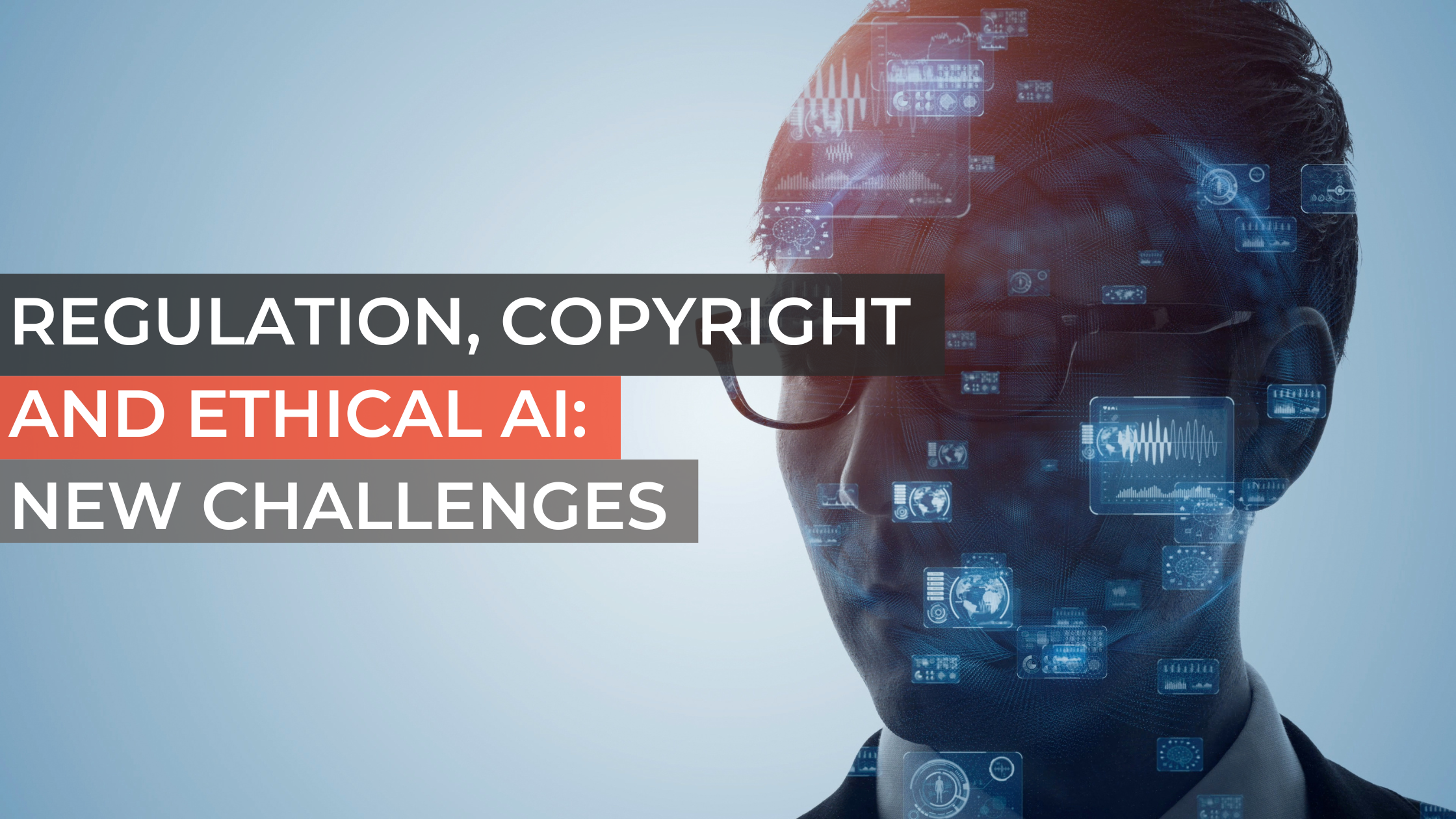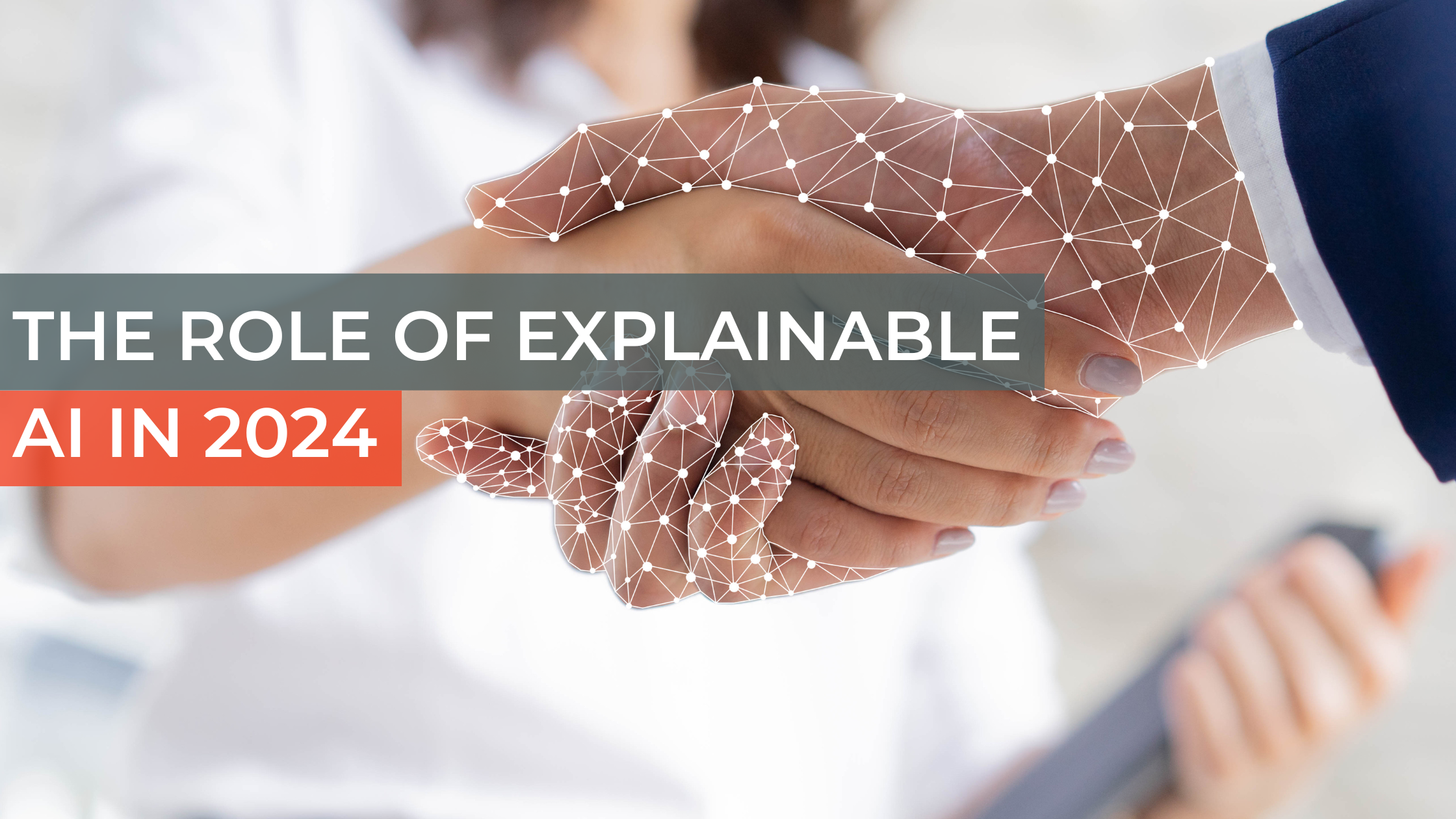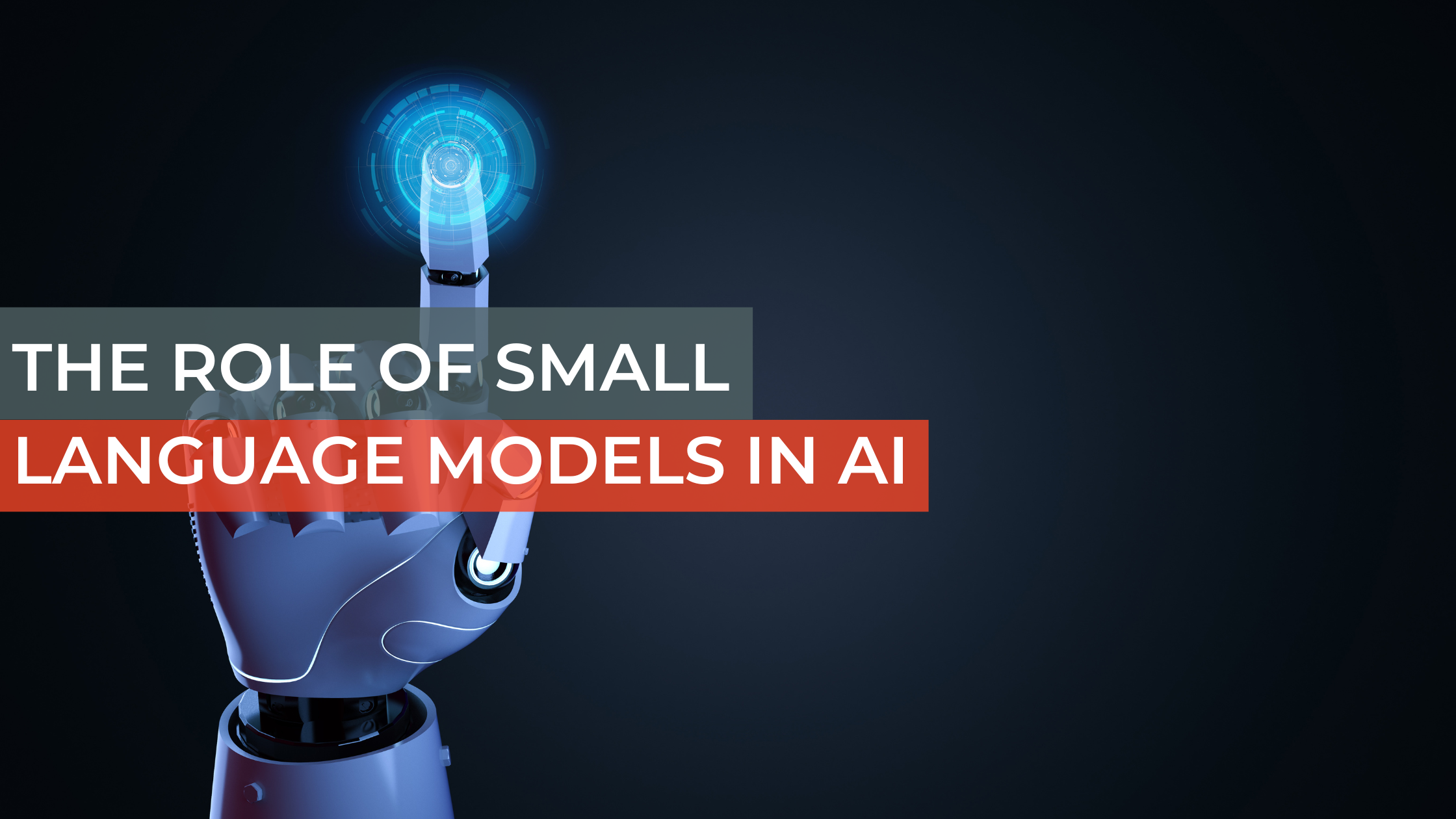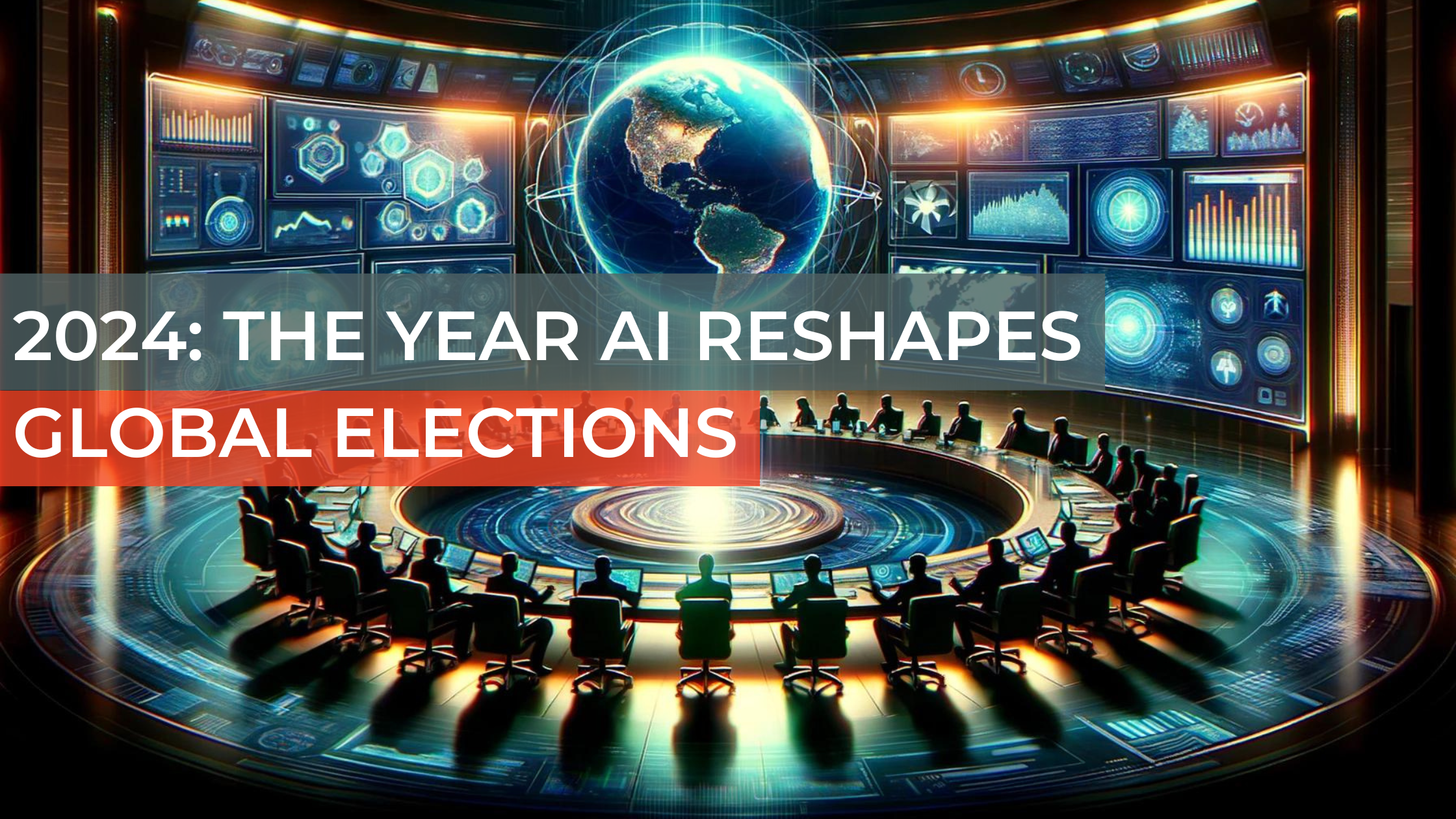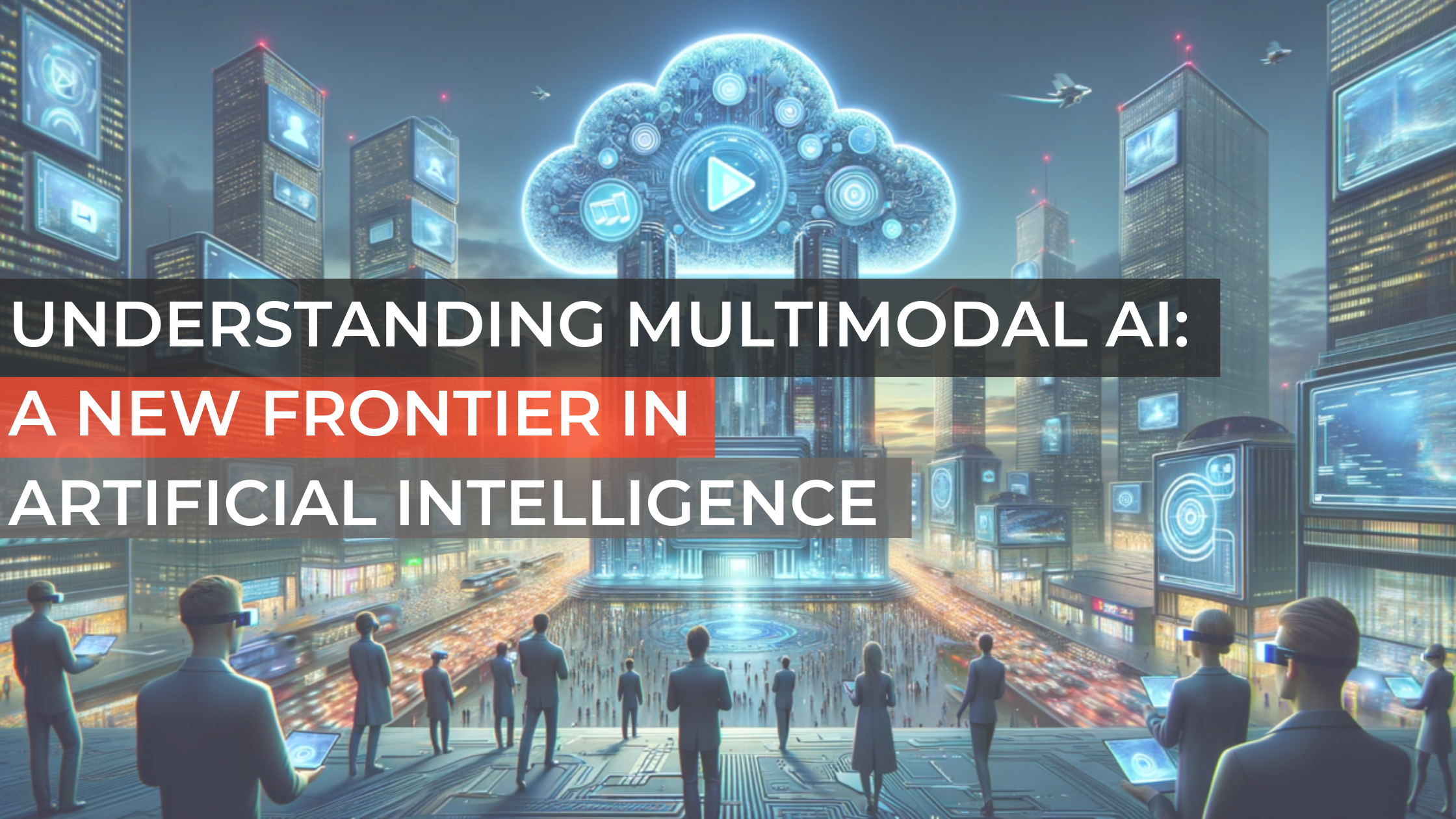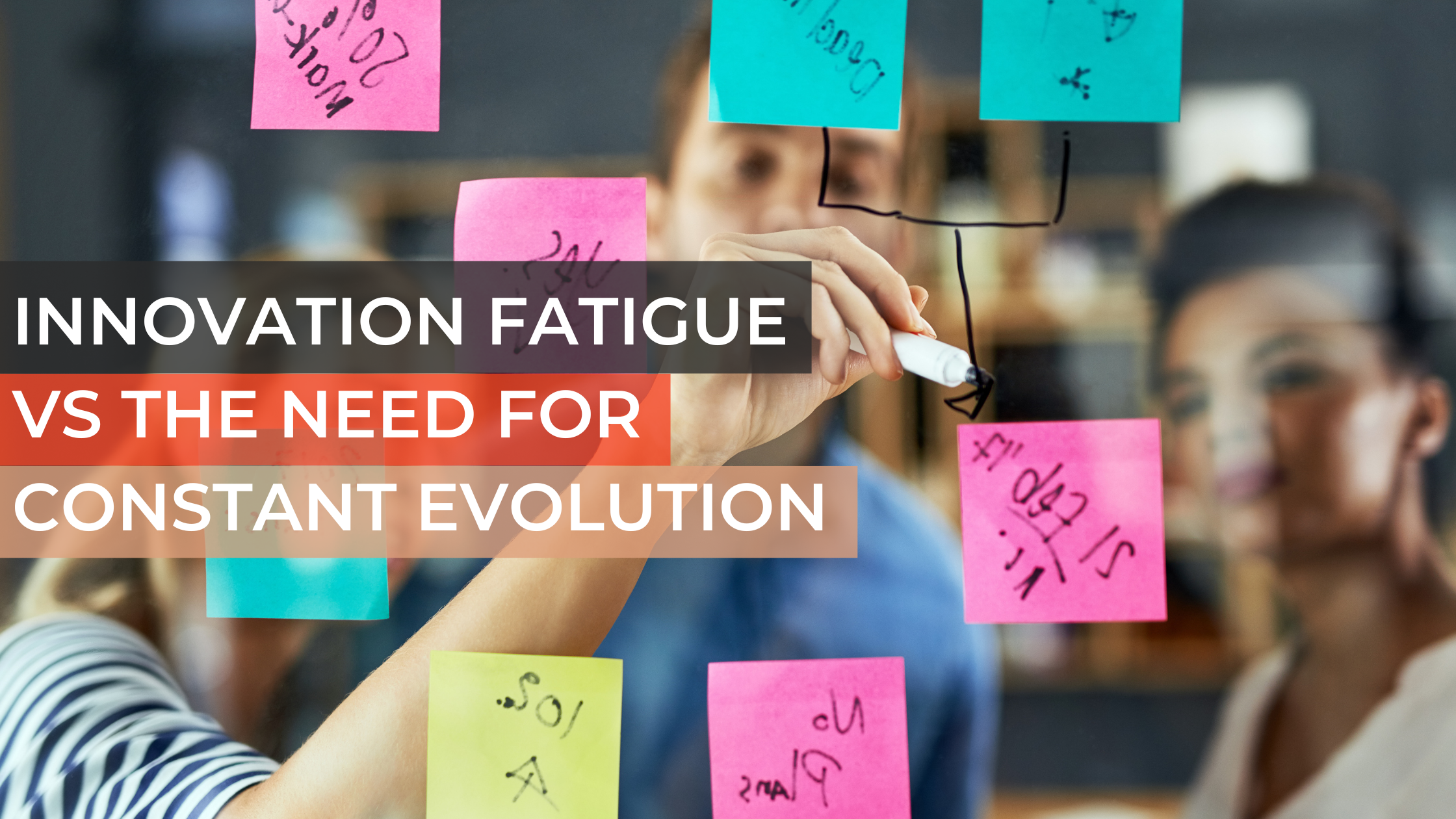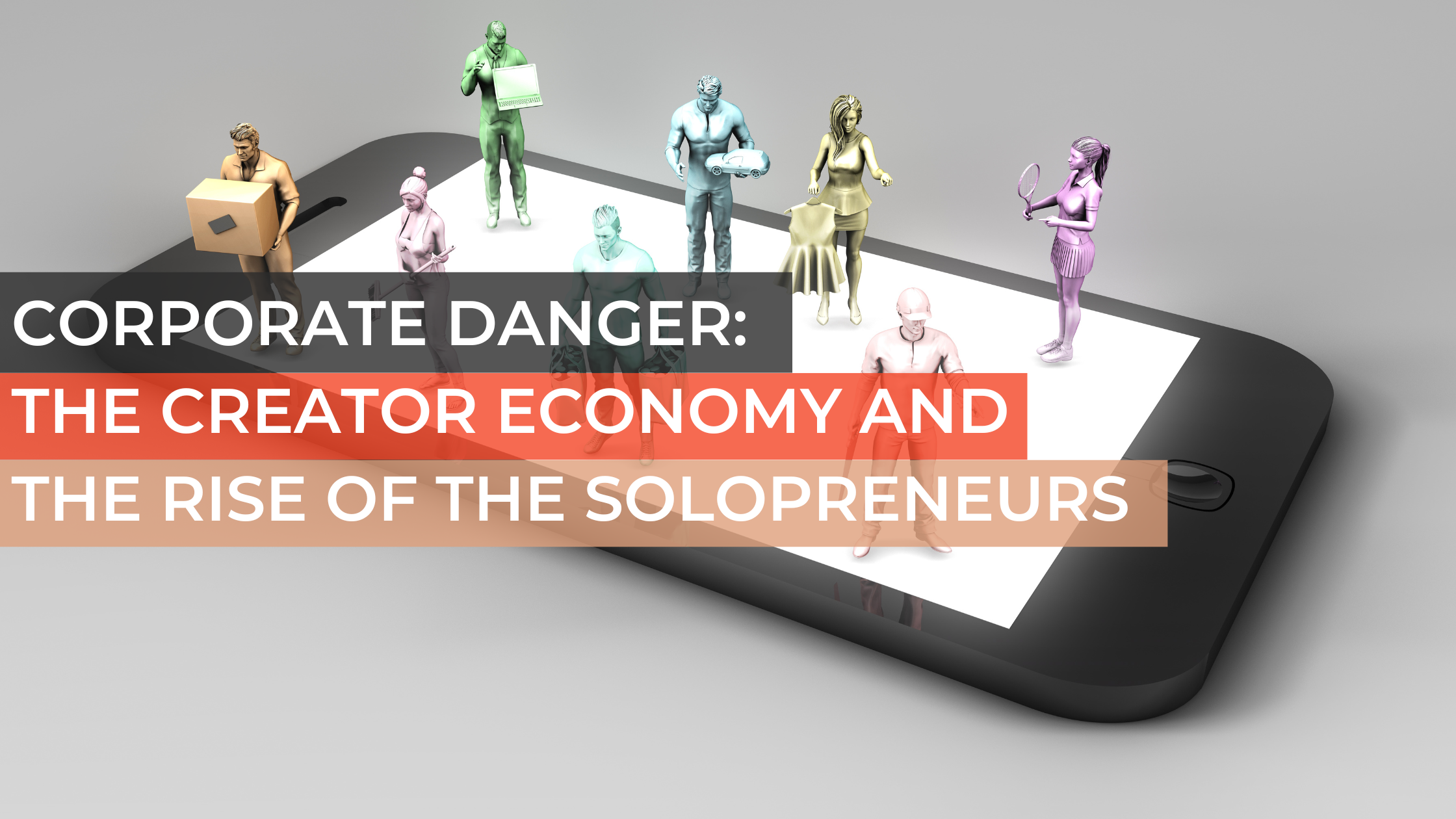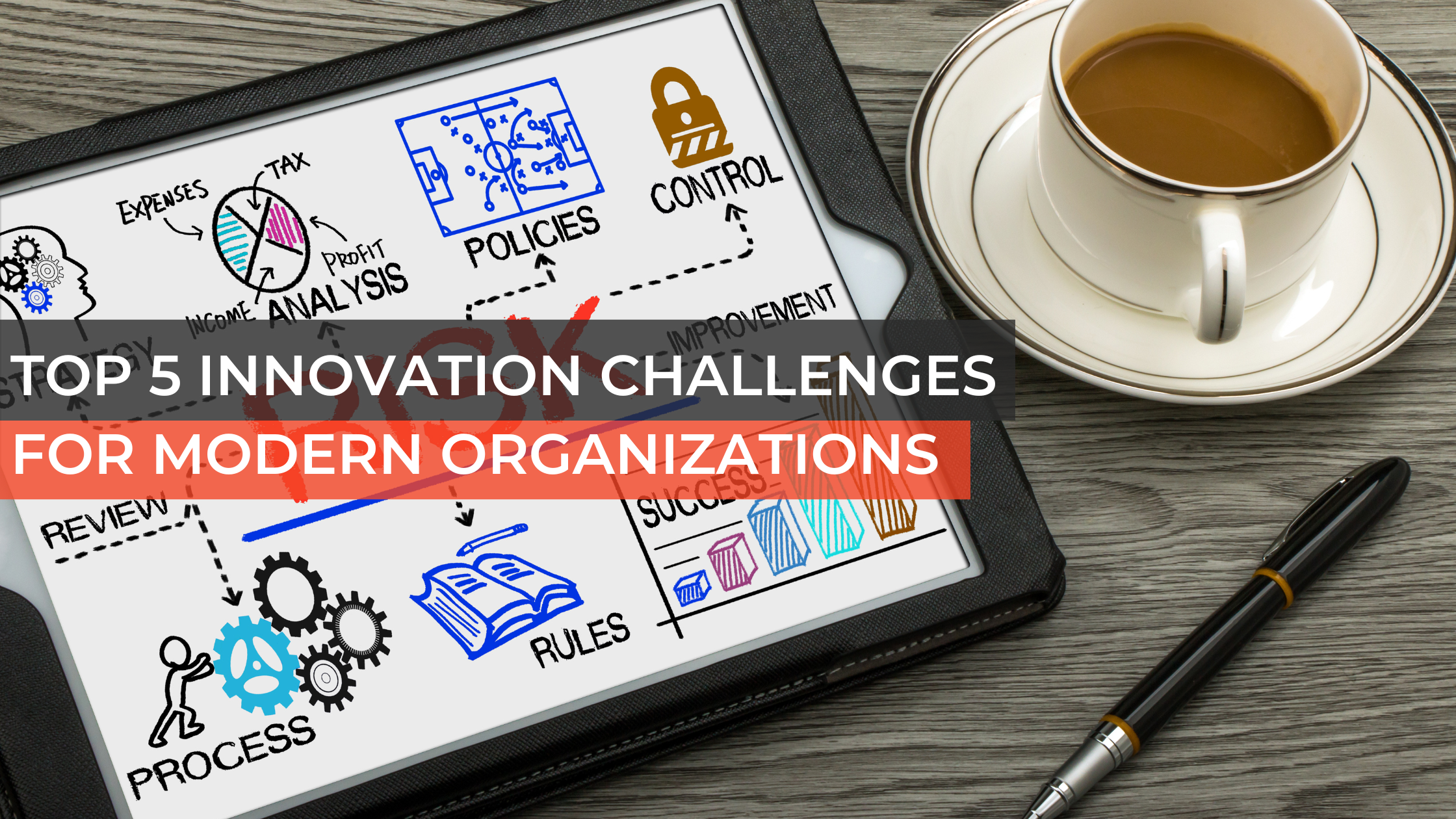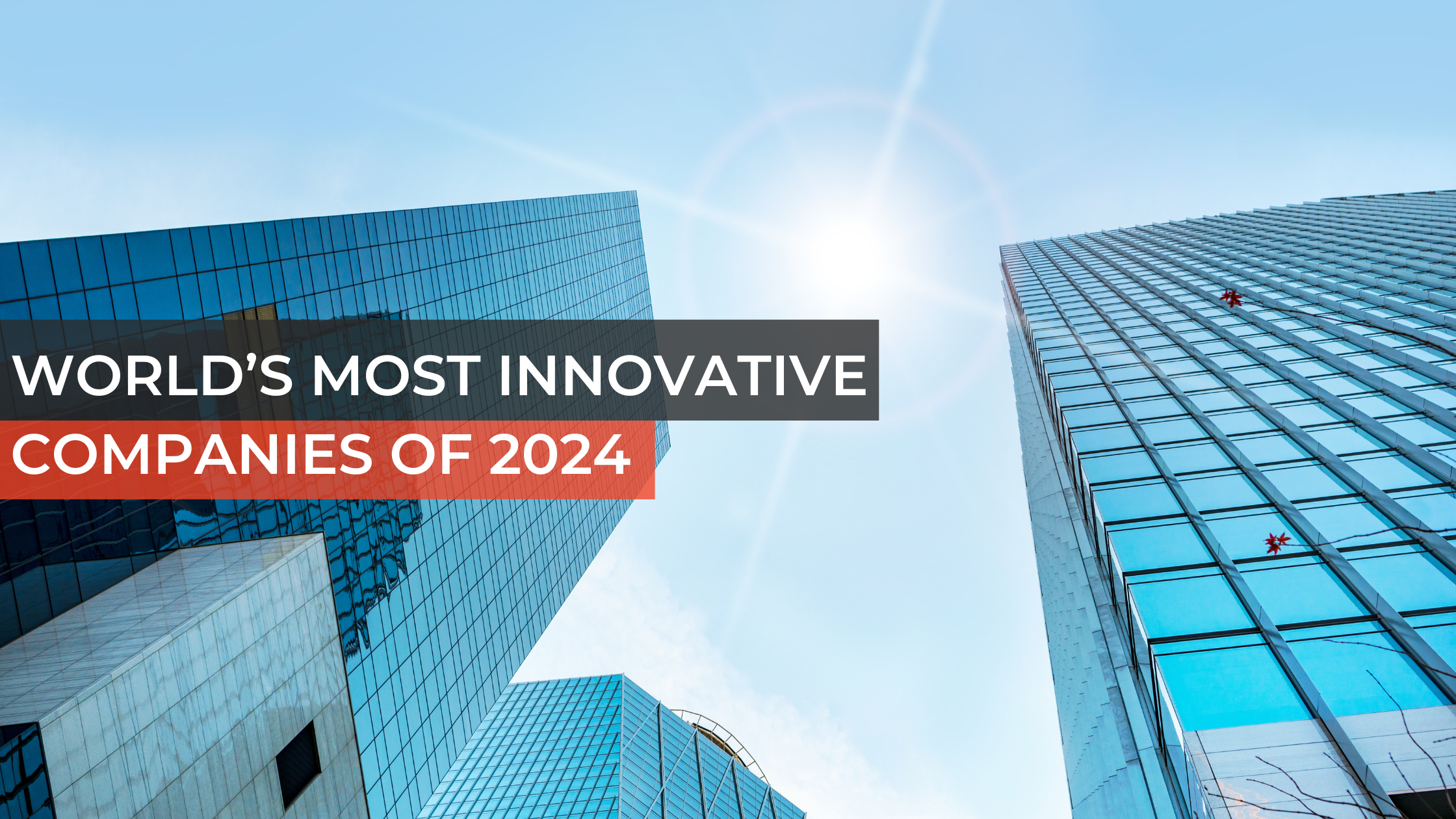As artificial intelligence (AI) becomes more common, it starts handling everything from simple daily tasks to complex decisions in several high impact areas. This extensive use of AI introduces major ethical issues, especially transparency and accountability. AI systems are complex, often working in ways that are not clear to even their creators, which can lead to biases and decisions that might harm individuals and society. While AI's influence is evident and its reach extends across all aspects of life, including but not limited to education, entertainment, and transportation.
Regulation, Copyright and Ethical AI: New Challenges
Jul 24, 2024 9:13:51 AM / by Silicon Valley Innovation Center posted in Tech, Innovation, Startups, digitaltransformation, Artificial intelligence, Leadership
The Role of Explainable AI in 2024
Jul 24, 2024 8:36:09 AM / by Silicon Valley Innovation Center posted in Tech, Innovation, Startups, digitaltransformation, Artificial intelligence, Leadership
In recent years, there's been a significant shift towards integrating artificial intelligence in nearly every aspect of our daily lives. For example, algorithms now suggest what movies or TV shows to watch next. In more critical applications like manufacturing, energy, and defense, AI facilitates reliable decision-making for smooth operations. However, as reliance on AI increases, so does the necessity for these systems to be not just powerful but also transparent and understandable. This is where Explainable AI (XAI)comes into play.
The Role of Small Language Models in AI
Jul 18, 2024 3:28:27 PM / by Silicon Valley Innovation Center posted in Tech, Innovation, Startups, digitaltransformation, Artificial intelligence, Leadership
Artificial Intelligence (AI) relies heavily on tools known as Language Models, which are algorithms designed to understand and generate human-like text. There are two main types of Language Models: Large Language Models (LLMs)and Small Language Models (SLMs).
LLMs, like Generative Pre-Trained Transformers (GPT) and Bidirectional Encoder Representations from Transformers (BERT), are equipped with vast numbers of parameters allowing them to analyze large datasets and perform a wide range of complex tasks.
In contrast, SLMs operate with fewer parameters, allowing them to be implemented more easily on a variety of platforms, from smartphones to cloud servers. This makes them particularly suitable for applications where quick, real-time processing is crucial.
Moving forward, this article will focus on Small Language Models (SLMs), which are designed to be more efficient and accessible. We will explore what SLMs are, how they operate, and why they are increasingly becoming the preferred choice for bringing advanced AI capabilities to a broader audience without the need for extensive resources.
The development of Small Language Models (SLMs) such as Phi2 and Alpaca 7B Zephyr has been driven by the need to make advanced AI capabilities more accessible and efficient. These models feature fewer parameters and simpler structures, enabling faster training and more efficient operation, ideal for use on mobile devices and small-scale servers.
Phi2 is tailored for mobile applications, enabling features like voice-to-text and real-time translation directly on smartphones, enhancing accessibility and user privacy by processing data locally rather than on remote servers.
Alpaca 7B Zephyr excels in the healthcare industry, where it supports patient monitoring systems by analyzing and interpreting large volumes of clinical data quickly, helping healthcare providers make faster and more accurate decisions.
Organizations, especially startups and mid-sized businesses, find these SLMs appealing due to their lower operational demands. They allow these companies to deploy sophisticated AI tools without the extensive resources typically required, leveling the playing field against larger corporations. As a result, SLMs are broadening the application of AI across various sectors, from retail to customer service, where real-time data processing and user interaction are crucial. In this article, we will delve into the emerging technology that is SLMs, and how SLMs are broadening the accessibility and application of AI.
We'll explore their development, key applications, the challenges they encounter, and their potential to democratize advanced AI technologies, making them a valuable tool for innovation across industries.
2024: The Year AI Reshapes Global Elections
Jul 18, 2024 3:08:48 PM / by Silicon Valley Innovation Center posted in Tech, Innovation, Startups, digitaltransformation, Artificial intelligence, Leadership
2024 is set to be a historic year with the highest number of countries holding elections in a single year. Approximately 60 countries will have elections at various levels, involving more than two billion voters. This includes many of the world's most populous nations such as India, the United States, Indonesia, and Brazil, among others. What makes it even more significant is that it's the first year when election campaigns are widely exposed to powerful AI models capable of significantly influencing their course.
AI's ability to process and analyze large datasets allows campaigns to create highly personalized messages and strategies, potentially swaying public opinion more effectively than traditional methods. Concerns about the misuse of AI, such as the spread of disinformation and the creation of convincing deepfake videos, have also become more prominent. This technological capability marks a new era in how elections are conducted and how information is disseminated to the public.
Generative AI is a kind of AI that creates new content ranging from text to images, videos, and audio. Over the past few years, it has moved from being just an interesting idea in labs to a powerful tool capable of making fake content that looks very real. This shift shows how AI is not just about understanding information but also about changing digital environments in real-time. We will look at how generative AI has developed, pointing out the benefits and risks without taking sides.
Election disinformation isn't new; it has been spread through biased media or deceptive political campaigns for a long time. However, AI brings a new dimension to this issue because it can make fake audiovisual media that can easily deceive people, making them believe incorrect things about candidates or policies. The speed, scale, and realism of AI-generated content increase the potential for misinformation.
In this article, we will explain some key terms, how AI can be used to create disinformation, and discuss initial instances where such technologies have been used during elections. By understanding how this works, everyone involved can better prepare to tackle these emerging technological threats.
Understanding Multimodal AI: A New Frontier in Artificial Intelligence
Jul 18, 2024 2:50:27 PM / by Silicon Valley Innovation Center posted in Tech, Innovation, Startups, digitaltransformation, Artificial intelligence, Leadership
As artificial intelligence continues to advance, a significant development known as Multimodal AI is emerging prominently. This advanced form of AI is unique because it processes multiple types of data such as video, audio, images, and text simultaneously. Unlike traditional AI systems that focus on just one type of data, Multimodal AI integrates various data sources to gain a comprehensive understanding of its surroundings. This capability enables it to analyze complex situations much like humans do, enhancing its decision-making accuracy and efficiency.
Innovation Without Disruption
Jun 25, 2024 1:30:43 PM / by Silicon Valley Innovation Center posted in Tech, Innovation, Startups, #DiversityAndInclusion, #FutureOfEducation, FinTech, digitaltransformation, Leadership
In today's fast-paced market, businesses face constant pressure to innovate due to rapidly evolving technologies and changing consumer behaviors. For example, the growing trend towards digitalization and e-commerce has fundamentally shifted how products are purchased and used, demanding that companies continuously adapt. This dynamic environment makes it essential for businesses to consistently develop new and improved ways to enhance their offerings and operations, ensuring they stay ahead of the competition.
Companies that prioritize technological innovation in their strategies have grown significantly and adapted well to market changes. Leading global firms, including Fortune 100 companies like Amazon and Google, adapt to this trend. They stay ahead not just by following the current trends, but by anticipating future customer needs and successfully meeting them. Change involves more than introducing new products; it also means enhancing processes, entering new markets, and regularly updating business models. Strong research and development (R&D) efforts are essential for both immediate results and long-term stability.
As we explore the types of innovation, we see two main categories: disruptive innovation and sustaining innovation. While disruptive innovation can dramatically alter industry landscapes and consumer behaviors, sustaining innovation focuses on incremental improvements that enhance existing products and services without causing upheaval. This article explores how sustaining innovation, when strategically implemented, can drive growth and ensure stability without the risks associated with disruptive approaches.
Innovation Fatigue vs The Need for Constant Evolution
Jun 24, 2024 2:27:34 PM / by Silicon Valley Innovation Center posted in Tech, Innovation, Startups, #DiversityAndInclusion, #FutureOfEducation, FinTech, digitaltransformation, Leadership
Many companies are struggling with innovation fatigue in today's fast-paced technological environment. This growing challenge is driven by the need to constantly engage with rapid technological advancements and integrate emerging technologies like artificial intelligence and automation into business practices. This phenomenon represents more than just a momentary feeling of being overwhelmed. It is a common problem for individuals and organizations in different industries. Innovation fatigue arises from the constant push to adapt, adopt, and advance in response to a never-ending stream of technological changes and market pressures.
However, while innovation fatigue highlights the challenges of relentless change, the importance of constant evolution cannot be overlooked. This necessity is driven by the ever-increasing pace of technological advancement, which compels businesses and individuals alike to adapt swiftly to maintain their competitive edge and relevance in the market. For example, advancements in artificial intelligenceand machine learning are continually setting new benchmarks for operational efficiency and customer interaction, pressing companies to integrate these technologies to meet evolving consumer expectations and regulatory standards.
As we navigate through the complexities of innovation fatigue and the demand for constant evolution, in this article, we will explore strategies that organizations and individuals can employ to find a balance between these competing requirements. We will delve into practical approaches that help manage and mitigate the risks of innovation overload while maintaining a steady pace of growth and adaptation.
Corporate Danger: The Creator Economy and the Rise of the Solopreneurs
Jun 24, 2024 1:38:28 PM / by Silicon Valley Innovation Center posted in Tech, Innovation, Startups, #DiversityAndInclusion, #FutureOfEducation, FinTech, digitaltransformation, Leadership
In today's digital world, the creator economy is gaining significant traction by empowering individuals to turn their passions into profitable careers. More and more professionals recognize their potential to serve multiple clients and markets instead of sticking to one employer and a traditional 9-to-5 job, and they understand the door of opportunities that open up as a result. Moreover, with the increased adoption of digital platforms and technology, the gig economy's impact is more pronounced than ever.
These trends disrupt the conventional corporate structure, creating both opportunities and challenges. This blog aims to explore both sides of the coin. We explore industry examples and case studies to understand the practical implications better. Additionally, we will provide insights into the risks posed to corporations and how corporate strategies can be revised to deal with this disruptive innovation and drive corporate innovation.
Top 5 Innovation Challenges for Modern Organizations
Jun 20, 2024 2:56:14 PM / by Silicon Valley Innovation Center posted in Tech, Innovation, Startups, #DiversityAndInclusion, #FutureOfEducation, FinTech, digitaltransformation, Leadership
In today's fast-changing world, companies must innovate to stay ahead. It's not just about making better products but also creating new business models and using exciting technologies. Innovation is key for businesses to adapt and stay relevant in changing markets. It's about coming up with new ideas and making sure they work well to meet what consumers want. Overcoming obstacles to innovation is crucial for companies that want to lead rather than follow.
A recent studyshows that innovation brings clear benefits. Companies that innovate not only gain competitive advantages but also make more money. This proves that using new technologies and business ideas is vital for achieving economic success. This article explores the essential role of innovation in navigating the complexities of modern industries, highlighting its impact not only as a mechanism for survival but as a strategic imperative for thriving in an increasingly dynamic environment.
World’s Most Innovative Companies of 2024
Jun 20, 2024 2:20:16 PM / by Silicon Valley Innovation Center posted in Tech, Innovation, Startups, #DiversityAndInclusion, #FutureOfEducation, FinTech, digitaltransformation, Leadership
In today's business world, innovation is essential for companies of all sizes to stay competitive. Businesses are using new technologies like AI, IoT, and data analytics to stay competitive. These practices are helping them stay ahead of the competition and be part of the next key advancement.
These tools improve operations, enhance customer experiences, and create secure and efficient solutions. They help connect and empower employees, setting new standards for success in the digital era. Innovation in 2024 means solving problems creatively, exploring new areas, and promoting leadership that drives growth and corporate innovation.
In this blog, we will explore how innovation drives corporate success by presenting 2024's most innovative companies. We will discuss the technology that sets them apart. We will also demonstrate how they have grown and remained competitive. Additionally, we will provide a guide for other organizations looking to achieve similar success.

